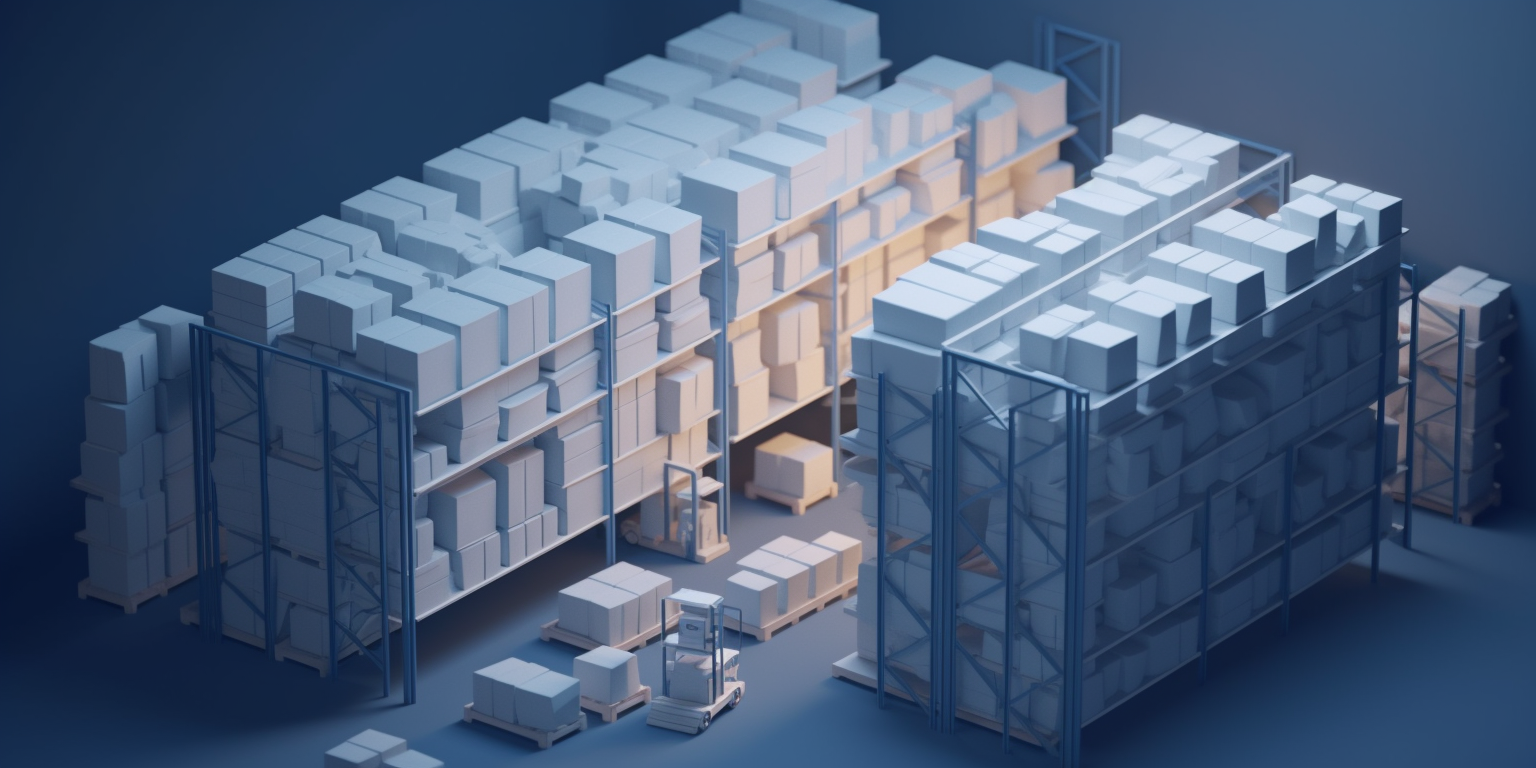How Often Should My Racking Be Inspected?

How Often Should My Racking Be Inspected?
In the UK, racking systems are responsible for the storage of hundreds of thousands of tonnes of goods every year. They are used to store everything from foodstuffs to industrial equipment, clothing, and even furniture.
Because racking systems are so important, it is vital that they are regularly inspected and maintained. An inspection is a way of making sure that your racking system is safe for use and continues to perform well over time. You might be wondering why you need an inspection or how often these inspections should take place.
Why do racking systems need to be inspected?
Racking systems require inspecting to ensure compliance with safety regulations and the proper functioning of your racking system. In addition, it’s important that you know how often inspections should take place so that you can schedule them accordingly. Racking inspection services are available from many different companies, but they all offer similar services:
- Inspecting the structural integrity of your racking system by checking for corrosion or wear.
- Making sure that all fixtures are secure.
- Ensuring that there are no damaged or broken components.
How often should racking systems be inspected?
The Health and Safety Executive (HSE) recommends that a thorough racking inspection should occur at least once every 12 months, by a qualified SEMA Approved Racking Inspector (SARI). However, a Person Responsible for Racking Safety (PRRS) should visually check the racking each week, and record their inspection results.
What is a racking inspection?
A racking inspection is a visual inspection of warehouse and storage systems. Inspections should be done by a qualified SEMA Approved Racking Inspector (SARI). However, a Person Responsible for Racking Safety (PRRS) should visually check the racking each week, and record their inspection results. They will be looking at all the aspects of your racking and make sure that it’s safe, secure and functioning properly.
Why should I use a SEMA inspector?
SEMA (Storage Equipment Manufacturers Association) advocates a rigorous approach to rack inspection, maintenance and repair through a regime of (typically) daily, weekly and annual (expert) inspections. The three main reasons for an inspection are to check the condition of the equipment, ensure it complies with legal requirements and verify that the equipment has been installed correctly.
There are two types of annual inspections commonly available: a full SARI inspection and a (non-SEMA) damage-only inspection. A damage-only inspection provides a list of damaged items and their location. It’s OK as far as it goes whereas a full SEMA inspector’s report offers far more. It will check immediate and regular scrutiny is being carried out; identify/check rack configuration as well as checking a host of other safety-related matters.
SEMA Approved Inspectors are highly qualified professionals. Their day job is to complete the SEMA circle of quality by undertaking racking and storage systems inspections at end-users’ premises. They conduct racking and storage condition assessments, reports and recommendations so that all places of employment can operate as safe environments.
The SEMA Approved Inspector Qualification is aimed at individuals who carry out the inspection of storage equipment as a significant part of their duties. To achieve the required standard, they must successfully pass an intensive three-day training course, written examination and practical assessment The qualified inspector must also commit to a programme of ongoing CPD (Continuous Professional Development) to maintain the qualification.
Responsibilities of those working in or managing a warehouse.
As the manager of a warehouse, you have the responsibility to ensure that staff are trained in the correct use of racking. You must also ensure that they are supervised while using racking and follow all safety procedures.
It is the duty of employers to ensure that they meet the following regulations:
- It is the duty of employers under the Health and Safety at Work etc Act 1974 to ensure that all operators they employ, both new and existing, are adequately trained and competent.
- There is a requirement under PUWER for all work equipment to be regularly maintained in accordance with the manufacturer’s recommendations. to ensure that your warehouse meets all health and safety legislative requirements.
The best way to keep up to date with your racking inspections is by working alongside an experienced inspector who will make sure that everything is done to an appropriate standard, as well as make sure that you have no gaps in coverage when it comes time for inspection. Econforms intuitive racking inspection software can simplify, and increase efficiencies in the way that your team manage rack safety and provides the perfect platform not only for your annual inspections but also for weekly inspections carried out by your PRRS using our web and mobile apps.
Find out more about our Racking Inspection Software, and network of SARI inspectors.
Share This: